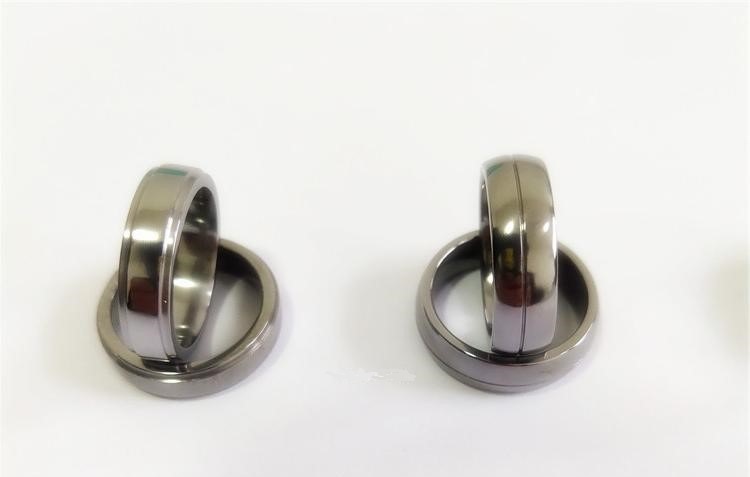How Can You Tell If a Jewelry is Real With a Magnet?
A small magnet can identify the authenticity of silver jewelry
Silver jewelry is very popular with young women, but, this dazzling silver jewelry is filled with a large number of fake goods to the second best, with this doubt, we will use the magnet characteristics to do a set of experiments to solve this confusion.

First use real silver jewelry placed around the magnet we will then “anti-silver” close to the magnet
So there is no attraction between silver jewelry and a small magnet and imitation silver jewelry and the magnet is a mutual attraction, this is because the magnet is mainly adsorbed ferromagnetic substances, such as iron, nickel, etc., while the main component of imitation silver jewelry is alloy copper nickel-plated and alloy steel nickel-plated are the presence of nickel elements, so they can attract each other. But silver jewelry is not a ferromagnetic substance, so it can’t have mutual attraction with magnets.
Magnets can indeed identify real or fake silver jewelry, a simple test is a good choice, but we still need to remind you that the scientific method or testing institutions, use instruments to identify the silver jewelry you buy is not real or not.
How magnets are made?
Iron, cobalt, nickel or ferrite, and other ferromagnetic substances are different, its internal electron spin can be spontaneously arranged in a small area, forming a spontaneous magnetization zone, this spontaneous magnetization zone is called the magnetic domain.
After the magnetization of ferromagnetic substances, the internal magnetic domains are aligned neatly and in the same direction, which strengthens the magnetism and constitutes a magnet. The magnetization process is the magnetization process of the iron, and the magnetized iron and the different polarities of the magnet produce attraction, and the iron is firmly “stuck” to the magnet.
Natural magnets are ferric tetroxide, while artificial magnets are usually steel.
Steel retains its magnetism after being magnetized
The natural permanent magnets are not only ferrites (ferric tetroxide), but also iron-cobalt-nickel alloys, rare earth alloys of iron, such as alnico, samarium-cobalt, neodymium-iron-boron, which are also very common and have very strong magnetic properties, and these substances can be magnetized by a constant magnetic field, and the magnetism itself does not disappear after magnetization.
The composition of artificial magnets is determined by the magnetization properties of various metals as needed. When a magnet approaches (touches) a magnetic substance, the substance is induced to become a heteronymous pole at one end and a homonymous pole at the other end.
Magnet classification
- Temporary (soft) magnets a. Description: The magnetism is short-lived and disappears when the magnet is removed. b. Examples: nails, cooked iron
- Permanent (hard) magnet a. Description: After magnetization, the magnetism can be retained for a long time. b. Example: Steel nails
Summary
According to the principle of electromagnetic induction, a very strong current can produce a strong magnetic field, the use of strong magnetic fields will magnetize ferromagnetic substances, and because the magnetization properties of different substances are not the same, some substances are easy to magnetize, and not easy to fall out of the magnetism (loss of magnetism), can retain the magnetism for a longer period of time. The magnetization of this substance produces a magnet. The magnetizer is used to magnetize hard magnets.
